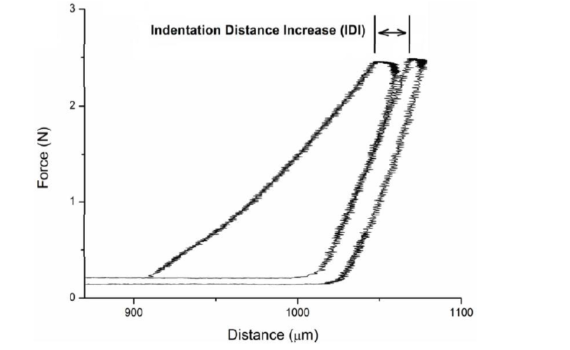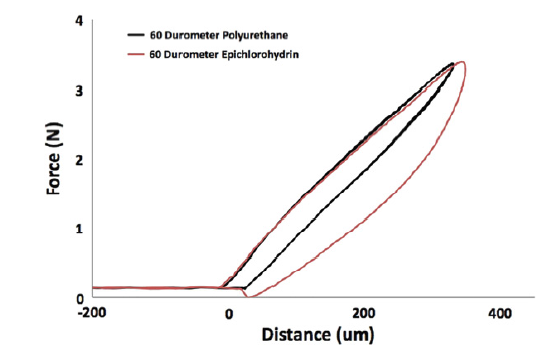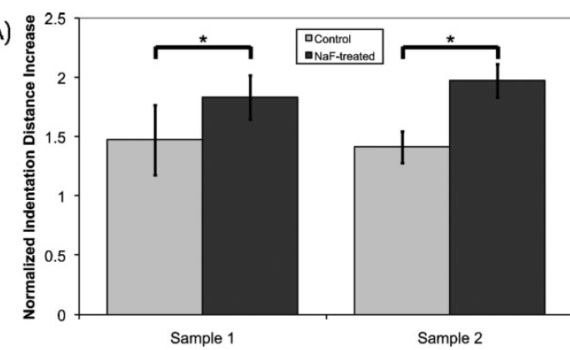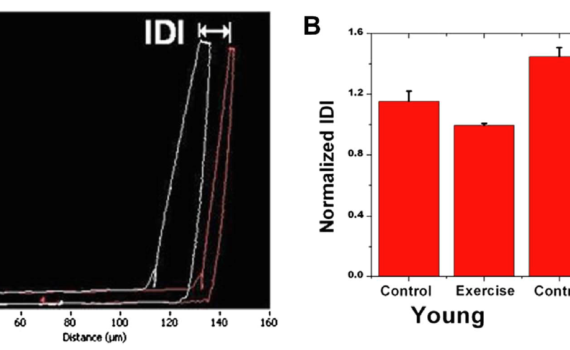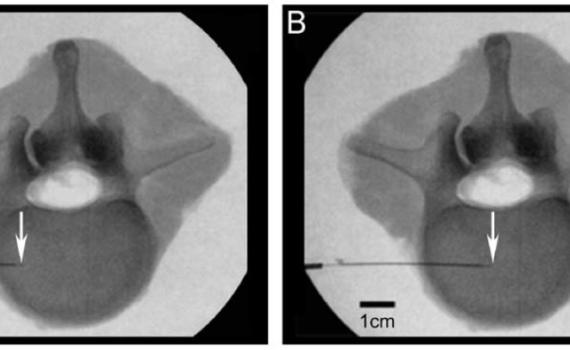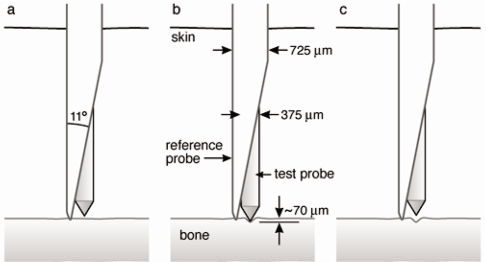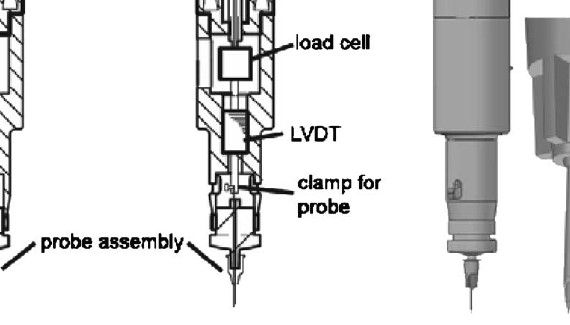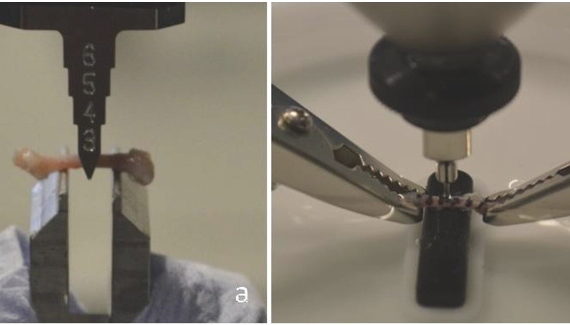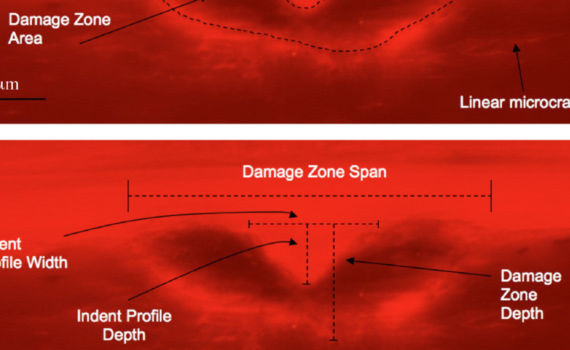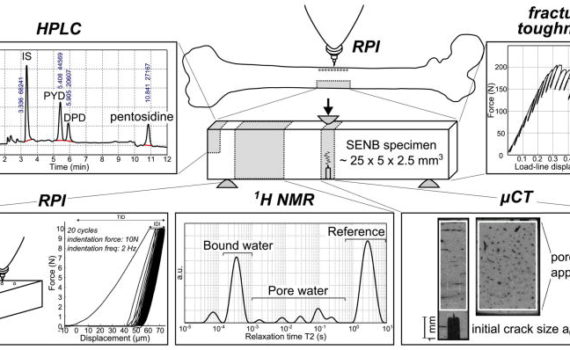ABSTRACT Characterization of bone is important as it aids in the understanding of bone pathologies and their corresponding treatments. Assessment of cortical bone morphology has been identified as an important aspect of overall bone quality as it contributes significantly to the mechanical strength of bone. In the first part of […]
BioDent
Abstract An understanding of the mechanical behavior of polymers is critical towards the design, implementation, and quality control of such materials. Yet experiments and method for the characterization of material properties of polymers remain challenging due the need to reconcile constitutive assumptions with experimental conditions. Well-established modes of mechanical testing, […]
Abstract High doses of sodium fluoride in bones lead to severe softening, by weakening interfacial properties between the inorganic minerals and the organic components, while leaving mineralization unchanged. This leads to reduction of microdamage and associated stress‐whitening pointing to a change in failure mode. Accordingly, elastic modulus, failure stress, and […]
Abstract Here we describe modifications that allow the bone diagnostic instrument (BDI) [P. Hansma et al., Rev. Sci. Instrum. 79, 064303 (2008); Rev. Sci. Instrum. 77, 075105 (2006)], developed to test human bone, to test the femora of mice. These modifications include reducing the effective weight of the instrument on […]
Abstract Despite recent advances in imaging diagnostic technology and additional treatment options our ability to prevent or inhibit discogenic back pain has not drastically improved. The challenge of linking early degenerative patterns to dysfunction and pain remains. Using a novel material testing device designated the Tissue Diagnostic Instrument (TDI) we […]
Abstract The bone diagnostic instrument (BDI) is being developed with the long-term goal of providing a way for researchers and clinicians to measure bone material properties of human bone in vivo. Such measurements could contribute to the overall assessment of bone fragility in the future. Here, we describe an improved […]
ABSTRACT The bone diagnostic instrument is designed to measure materials properties of bone even if it is covered with soft tissue such as periosteum, connective tissueand skin. It uses (1) a probe assembly, consisting of a reference probe that penetrates soft tissue and stops on the surface of the bone and a test probe that is inserted into the bone, (2) an actuation […]
Abstract Bone fragility is a concern for aged and diseased bone. Measuring bone toughness and understanding fracture properties of the bone are critical for predicting fracture risk associated with age and disease and for preclinical testing of therapies. A reference point indentation technique (BioDent) has recently been developed to determine […]
Abstract Measurement of bone mineral density (BMD) is the clinical gold standard in cases of compromised skeletal integrity, such as with osteoporosis. While BMD is a useful measurement to index skeletal health, it is also limited since it cannot directly assess any mechanical properties. The ability to directly assess mechanical […]
Abstract Fracture risk does not solely depend on strength but also on fracture toughness, i.e. the ability of bone material to resist crack initiation and propagation. Because resistance to crack growth largely depends on bone properties at the tissue level including collagen characteristics, current X-ray based assessment tools may not […]

